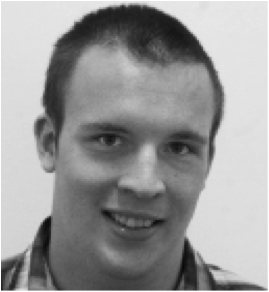University professor Charles Wankel held an academic lecture Nov. 10 titled “Using Social Media for Global Learning.”
Wankel’s lecture discussed the advantages and disadvantages in using social media, so that students and professors can interact more both inside and outside the classroom and have more engaging conversations.
Wankel described that the interactive part of the Internet is described as Web 2.0., which is classified as websites or technologies that promote participatory information sharing between a wide range of people around the world who otherwise would not have the opportunity to communicate with each other.
Wankel said that these technologies can help students to become more interested in their classes. “Immersive experiences can lead to more positive student outcomes,” he said during the lecture. Wankel said that when students are sharing information on social media sites with each other, it helps to make them more prepared for class and more interested in the topic.
Wankel even encouraged the use of social media sites in class saying that it “forces students to pay attention and develop a classroom community environment through the increased interaction.” He also said that “students feel most engaged while simultaneously receiving information from a variety
of sources.”
Senior Joseph Nardulli said that hearing about the benefits of using social media inspired him to take a more professional approach to it. “I’m definitely going to be more active in using it,” he said.
When asked how it could be ensured that students were on the social media sites for strictly educational purposes he said that “I tell my students that participating in class is voluntary. You only need to do it if you want to pass the class.” He also said that students who are falling behind are usually not utilizing the sites to their full potential.
Wankel not only talked about the popular social media sites such as Facebook and Twitter, but also the online virtual world called Second Life. Second Life is a site where players create avatars and navigate through a digital world.
In Second Life people can communicate through voice and text chat and share files. Wankel said that in Second Life you can replicate and even transcend the classroom experience. Wankel has created his own personal island in the digital world that only he and his students can visit. He has also used it for business meetings with people from around the world.
Wankel briefly discussed the dangers of social media. He stressed that once you post something, it’s on there forever. After the lecture he acknowledged that social media can also lead to cyber bullying. “It’s a topic I’m interested in too,” he said. “There are people out there looking to trick and embarrass you and that’s a huge problem.”
Junior Joanna Michalski said that after hearing about the permanence of one’s social media activity, she’ll choose more wisely in what she posts. “I’m going to be a little more careful on what I put up there now,” she said. Nardulli on the other hand did not seem intimidated by the threats of social media. “I’m not self-conscious of what I post,” he said.
Wankel has written more than 40 books on social media including eight on how teachers can utilize it in the classroom. His newest project Contemporary Management: A Global Perspective will be co-authored by over 900 other writers and offer lessons on how to utilize Second Life in classrooms.









